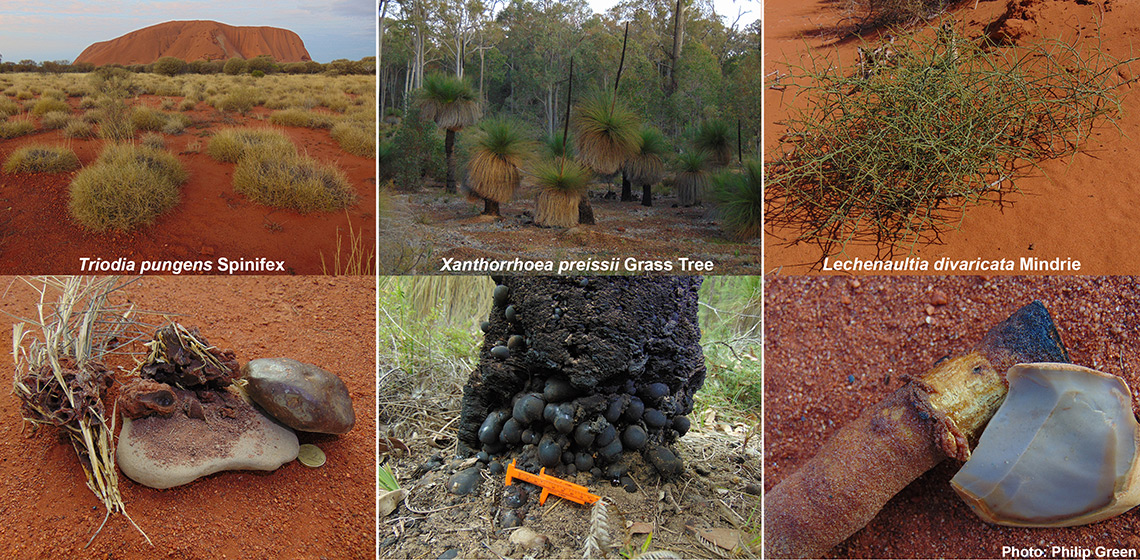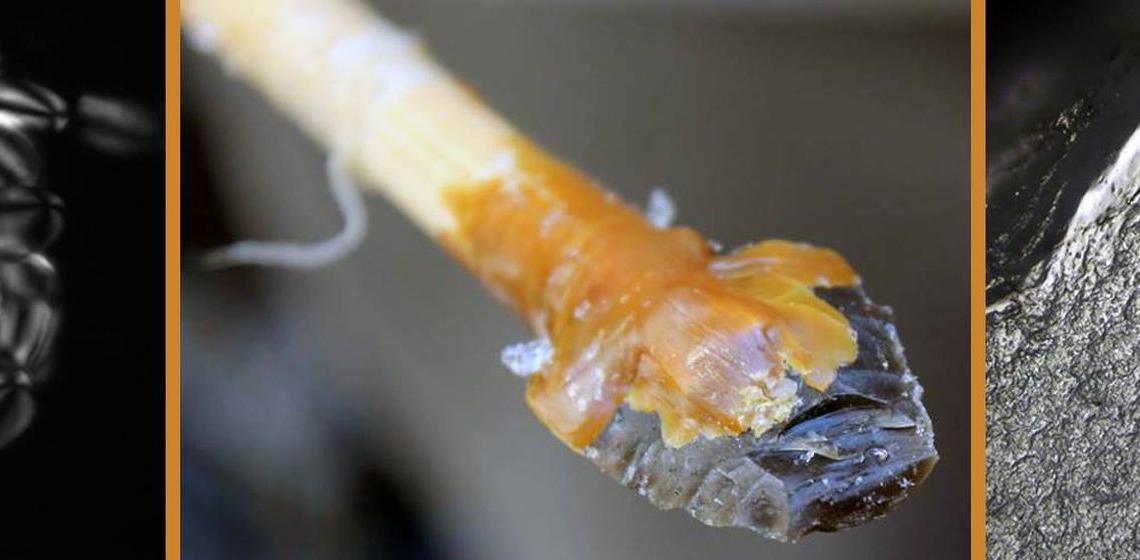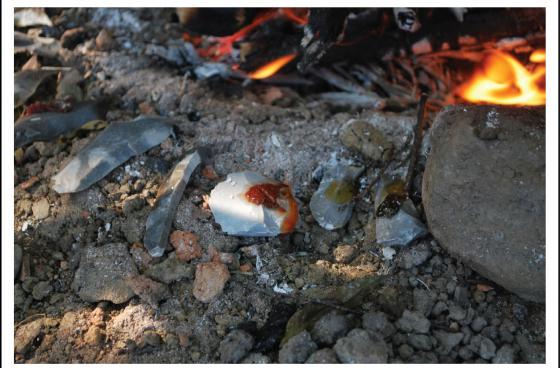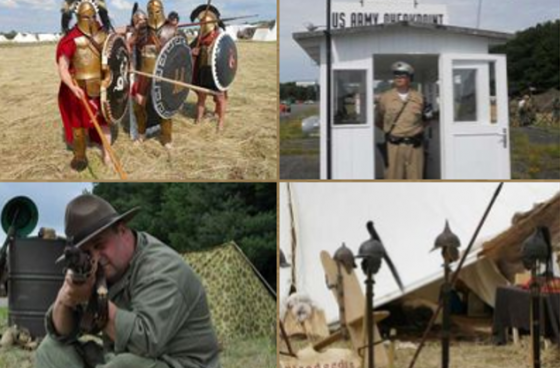TraceoLab is a research centre in prehistory with a particular focus on the analysis of use-wear and residues on stone tools in combination with extensive experimentation. The experimental research is thus focused on stone tools, in various raw materials but with a predominance of flint.
All stone tools are manufactured by a skilled knapper who is a member of TraceoLab. The group is involved in a lot of methodological work, in relation to use-wear, residues and taphonomy, while also specific themes are addressed, such as hafting and projectiles. The lab houses specific equipment for experimentation, in particular for projectiles, next to specialized analytical equipment.










